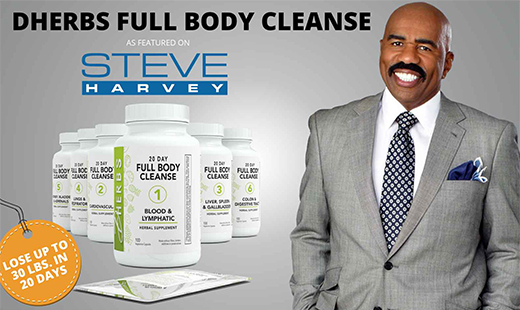Kraft Heinz, a food manufacturing giant, will remove all artificial dyes from its brands in 2027. This comes in response to Secretary Robert F. Kennedy Jr.’s scrutiny on synthetic dyes. It was only a couple months ago that U.S. Health officials urged food manufacturers to phase out petroleum-based artificial colors in the nation’s food supply. Now, it seems that food makers are moving in the right direction.
Kraft Heinz is the maker of Heinz ketchup, Kraft Mac & Cheese, Jell-O, Capri-Sun, and other brands. Kraft Heinz made a recent claim that almost 90% of its U.S. products are currently free of food, drug, and cosmetic colors. Pedro Navio, Kraft Heinz’s North America president, stated, “The vast majority of our products use natural or no colors, and we’ve been on a journey to reduce our use of (artificial) colors across the remainder of our portfolio.” The products that still contain dyes will be removed by the end of 2027. It should be noted that the company removed artificial colors from Kraft Mac & Cheese in 2016.
A Step In The Right Direction
The call for the removal of artificial dyes from food products is not recent news. Many studies have cited that these dyes can cause neurobehavioral problems, such as hyperactivity and attention issues, in some children. The Food and Drug Administration (FDA) has maintained that the approved list of dyes are safe and that the total evidence indicates that most children have no adverse effects after consuming foods that contain them.
Currently, the FDA allows 36 food color additives, including eight synthetic dyes. In January of this year, the agency announced that Red No. 3 would be banned in food by 2027 because it caused cancer in laboratory tests. Red No. 3 is common in foods such as cakes, candies, and even some medications.
The unfortunate reality is that artificial dyes are widely used in U.S. foods. Europe and Canada require synthetic colors to carry warning labels, so they mostly use natural substitutes. California and West Virginia, however, have already passed laws that restrict the use of artificial colors in foods. And U.S. food manufacturers are already reformulating their foods. Instead of synthetic dyes, food makers can use natural hues made from algae, beets, and crushed insects and pigments from radishes, red cabbage, and purple sweet potatoes.
More Companies Will Follow Suit
After Kraft Heinz’s announcement, General Mills soon followed suit. General Mills makes cereals such as Cinnamon Toast Crunch, Trix, Cheerios, and other brands like Pillsbury, Yoplait, and Nature Valley. It announced that it planned to remove certified colors from all of its U.S. cereals and K-12 foods by summer 2026, and out of all products by 2027. General Mills also issued a statement saying that 85% of its retail products do not contain these artificial colors.
The transition to use healthier alternatives to synthetic food dyes is partially to retain customers. According to Kraft Heinz, both Lunchables and Capri-Sun have fallen out of favor with customers who want healthier food options. The company’s sales dropped 6.4% last quarter. Just last month, the company claimed to be evaluating strategic changes and potential transactions. Lastly, Kraft Heinz recently sold off Planters and its U.S. cheese business in order to simplify its business. Analysts believe that that announcement is a signal that the company may unload other brands or seek to merge with a rival.

Vincent Stevens is the senior content writer at Dherbs. As a fitness and health and wellness enthusiast, he enjoys covering a variety of topics, including the latest health, fitness, beauty, and lifestyle trends. His goal is to inform people of different ways they can improve their overall health, which aligns with Dherbs’ core values. He received his bachelor’s degree in creative writing from the University of Redlands, graduating summa cum laude. He lives in Los Angeles, CA.





















